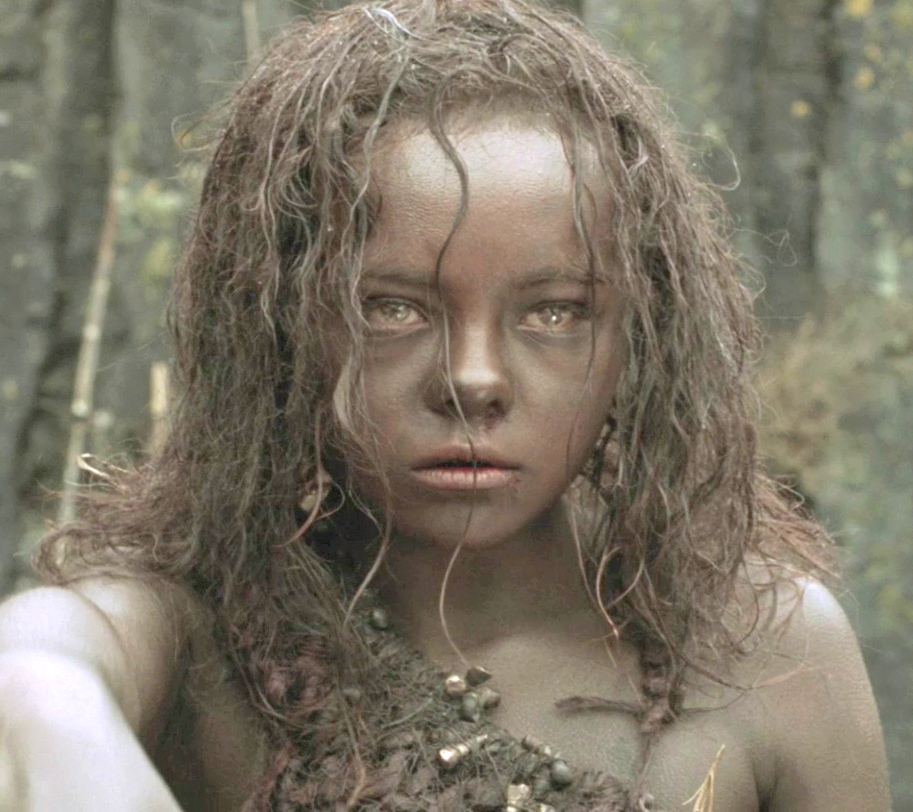Tall tales are stories written from someone’s imagination. The story can be funny or silly. They are filled with exaggerations, similes, metaphors, and lots of descriptive language. It is always told as if it were true, even though the listeners know that the story could never really happen.
Some of the characters were real heroes and heroines whose stories got exaggerated a lot, others were characters such as cowboys, railroad workers, loggers, sea captains, and firefighters. Tall tales told information that really happened at the time and combined it with a wild tale full of fantasy.
In general there were some bad things about tall tales. They were negative towards Native Americans, African Americans, women, and animals. The tales were about people who were trying to conquer the American Wilderness. Most of these tall tales were written back in the 1800s when the pioneers were trying to conquer the wilderness of America. It was a way for the pioneers to make the taming of America a little easier to handle.
History
Many settlers originally came west because someone made many optimistic claims, those which told only of the good things. They were told the climate was perfect and that there was plenty of water. They were convinced that crops would spring up overnight. It was said that the soil was so fertile that even footprints would grow!
In real life, living on the plains was a lot tougher that the settlers had been told. After they found out what life on the plains was really like, they had to face many hard times. It was easier to do that if a person used humor. One farmer is reputed to have said, “It could be so hot one day that the corn popped, and so cold the next day that a bucket of water would freeze so fast that the ice would still be warm."
The settlers loved to exaggerate when they told tales about the huge animals, the incredible weather extremes and the monstrous fish that got away. We can thank the pioneers for tall tales. Tall tales have been associated with America’s past.
Tall Tales are part of our nation’s oral history. We can make many connections between such tall tales and events in history. Among these are John Henry and the expansion of the railroads, Paul Bunyon and the timber industry, and Johnny Appleseed and agriculturalism. Tall tales were stories told and passed down from generation to generation.
Ref: School District of Greenville County, 2012, http://www.greenville.k12.sc.us/stone/staff/lessons/bennett/tales.asp
1. Read/listen/watch the following tall tales: John Henry, Paul Bunyon, Johnny Appleseed. As you read/listen/watch, make a 2-column list. One column should list the realistic/historical aspects of the story, and the other column should list the exaggerated portions of the story. Try to include at least 3 items in each column for each story.
NEXT,Read the following information about Myths
Myths are among the oldest stories ever told. They are present in all cultures and often explain some aspect of nature or human existence. According to PBS, “For thousands of years, people all over the world have told stories to pass down the history, culture, and morals of their society to each new generation. One type of traditional story is the creation, or origin, story. Creation stories, also called ‘creation myths,’ describe the origin and nature of the universe, and often convey particular belief systems or values.”
2. Read, listen to, and/or watch 3 of the following myths: The Raven Story, Prometheus, Izangi and Izanami, and Genesis 3. Record the following information for each myth:
Title of Story
|
Culture & Geographic Area
|
Explains the creation of…
|
Major Characters
|
Cultural Values
|
Setting: mostly human, spiritual, or natural world?
|





